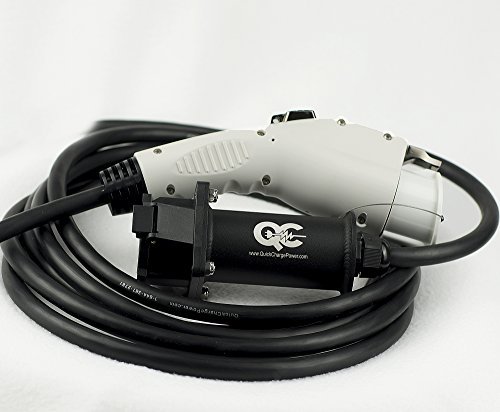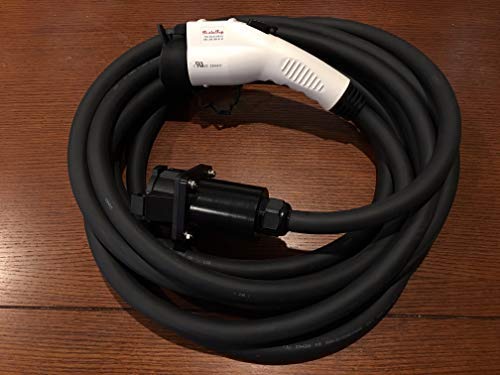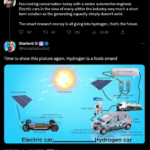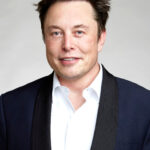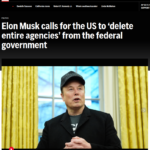Last week the California Public Utilities Commission launched a new Rulemaking, R.21-06-017, to modernize the electricity grid to support distributed energy resources like solar, wind, energy storage, electric vehicles, and more. Work on these topics in California has been underway for years, as we reported earlier. The long term goal is to orchestrate electricity production, electricity storage, and electricity consumption across a modernized electricity grid driven by automated Internet of Things devices attached to distributed energy resources.
That last sentence was a mouthful, so let’s start by talking about DER’s or Distributed Energy Resources. The word distributed means that energy resources are scattered around the electricity grid. That’s different from the past of centralized energy resources, like large electricity production plants. An energy resource refers to not just electrical plants, but any resource that interoperates on the electricity grid.
- Energy storage resources have the ability to store electricity, such as when electricity cost is low, then release the electricity, such as when the cost is high.
- Energy production resources generate electricity to send to the grid.
- Energy consumption resources, well, consume electricity, and in the envisioned future will be able to increase or decrease electricity consumption as needed for grid conditions.
As we discussed in previous reporting, those three systems are to be tied together into a distributed control system. It is intended that all three will respond to signals from the electricity grid control system, in this case CALISO and/or the utility companies, to increase or decrease electricity storage/production, or to increase or decrease electricity consumption. These signals to increase or decrease will be sent based on current grid conditions.
For example, a hot summer day with all the air conditioners in Los Angeles and San Bernadino Counties cranked up to 11, the electricity grid will be straining to the maximum. Overnight, the electricity storage providers will have soaked up some cheap electricity, and that electricity can be released mid-afternoon averting the need for a brownout to avoid collapsing the whole grid.
Another response to that situation is to adjust electricity consumption on less-than-vital uses. For example electric car charging, or other uses, can be adjusted downward to reduce electricity demand.
Those are just two examples, and there are somewhere around a zillion ways that the distributed energy grid will support wider spread use of clean energy resources.
CPUC’s Rulemaking on Modernizing the Distributed Energy Grid, ushering in the highly distributed electricity grid of the future
The CPUC, or the California Public Utilities Commission, has, as the name suggests, regulatory oversight of utility companies in California. The CPUC sets the rules for how these companies operate.
The word Rulemaking refers to the bureaucratic process where Regulators work to change the rules, in collaboration with the stakeholders (the companies, advocacy groups, etc).
For this article I’m referring to the document launching Rulemaking R.21-06-017![]() .
.
One key point is that the CPUC identifies that, in the United States, resources like battery storage, customer-sited solar, demand-side management, and electric vehicle (EV) infrastructure, are expected to reach 387 GigaWatts of capacity by 2025. By contrast the current coal and nuclear power capacity is considerably, or about 330 GigaWatts.
These numbers should shrink over the coming years as coal plants are retired and replaced by solar arrays. Or, as the CPUC puts it:
Customer-sited solar, residential load management potential, battery storage, and EV infrastructure is expected to account for more than 90 percent of DER capacity installed through 2025.
In other words, the electricity grid is already undergoing a shift. The vast majority of new installed systems are for clean renewable energy, and not old-school polluting energy systems.
The California Energy Commission’s 2020 Integrated Energy Policy Report forecasts the following increases:
- Behind-the-meter (BTM) solar generation (260 percent)
- Behind-the-meter (BTM) energy storage capacity (770 percent)
- Electric Vehicle demand (370 percent)
The last will be driven in part by California Executive Order N-79-20 targeting a goal where 100 percent of passenger cars and passenger trucks sold in California to be zero emission by 2035.
The scope includes:
- Swift evolution of grid capabilities and operations to integrate solar, storage, EV’s, EV Charging, and other distributed energy resources, to meet the 100 percent clean energy goals
- Improve distribution planing, including EV Charging infrastructure forecasting
- Optimize grid infrastructure investments, DER siting plans, and resiliency needs
The Rulemaking is split over three tracks or topic areas:
- High level policy issues about distributed system operator (DSO) roles and responsibilities, as well as business models for Investor Owned Utilities (IOU) and Energy Aggregator businesses.
- Near term evolution of distributed resource planning.
- Grid modernization investments, to increase the use of smart inverters, along with advanced functionality so DER’s can be used to support electricity grid reliability.
The Distributed System Operator is a new role that is evolving from the intersection between the traditional utility companies and the current Independent System Operator (ISO).
Summary
These are big goals, but a lot of progress has already been made.
For example, smart inverters, refer to devices converting Direct Current (DC) electricity from a solar array or energy storage unit into the normal Alternating Current (AC) electricity we use. Old school inverters simply took in DC electricity, and converted it to AC. Smart inverters have little computers inside them, and communicate over the Internet with distributed control systems. They are able to adjust characteristics to decrease/increase energy production and otherwise support the electricity grid in many ways.
Thanks to earlier work overseen by the CPUC, smart inverters are now a known and defined thing. Standards documents with the IEEE and UL cover their actions, communication protocols and more. They are one little cog in the distributed system being defined.
- The USA should delete Musk from power, Instead of deleting whole agencies as he demands - February 14, 2025
- Elon Musk, fiduciary duties, his six companies PLUS his political activities - February 10, 2025
- Is there enough Grid Capacity for Hydrogen Fuel Cell or Battery Electric cars? - April 23, 2023
- Is Tesla finagling to grab federal NEVI dollars for Supercharger network? - November 15, 2022
- Tesla announces the North American Charging Standard charging connector - November 11, 2022
- Lightning Motorcycles adopts Silicon battery, 5 minute charge time gives 135 miles range - November 9, 2022
- Tesla Autopilot under US Dept of Transportation scrutiny - June 13, 2022
- Spectacular CNG bus fire misrepresented as EV bus fire - April 21, 2022
- Moldova, Ukraine, Georgia, Russia, and the European Energy Crisis - December 21, 2021
- Li-Bridge leading the USA across lithium battery chasm - October 29, 2021





